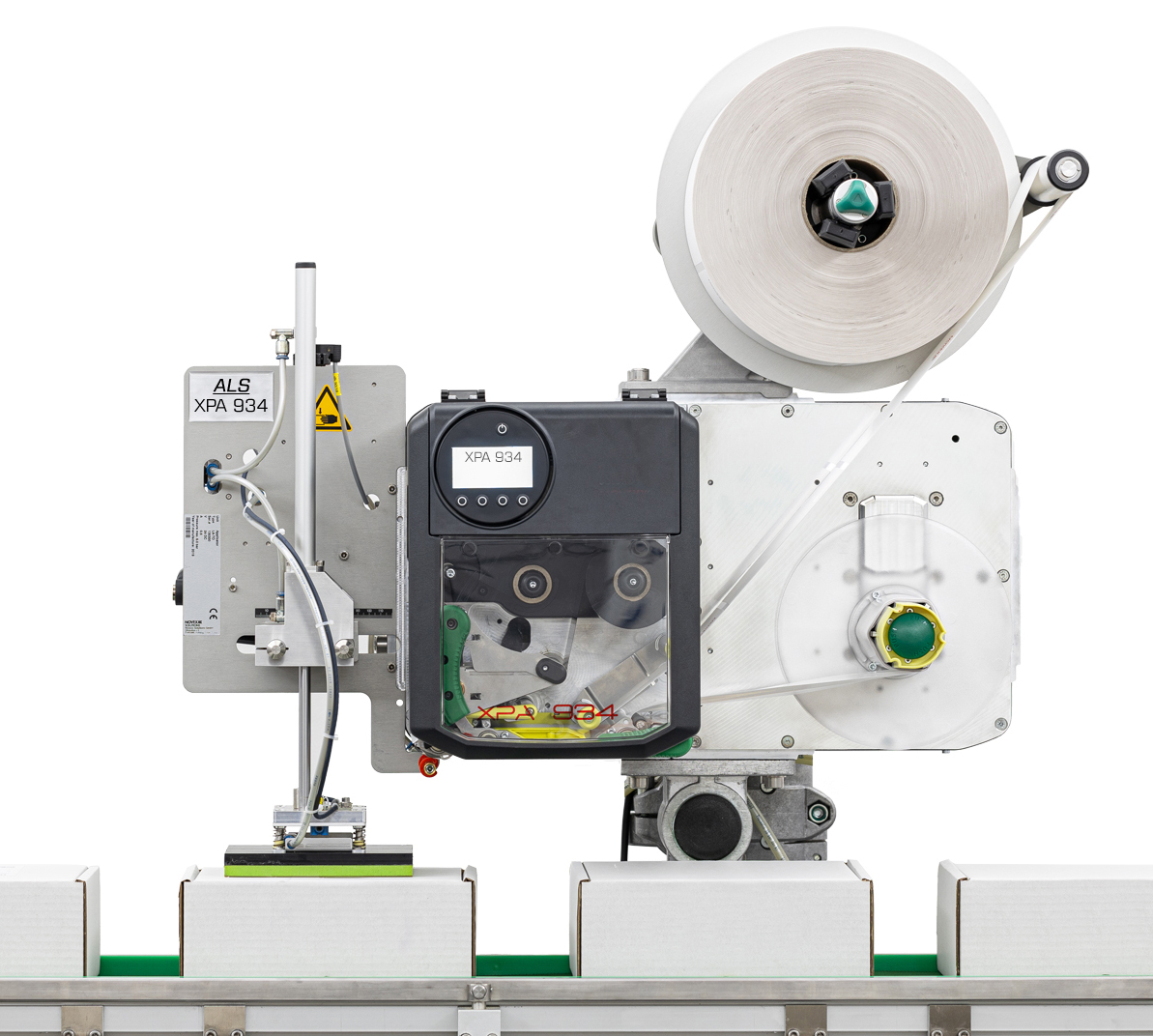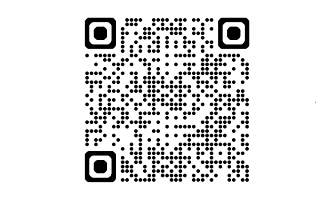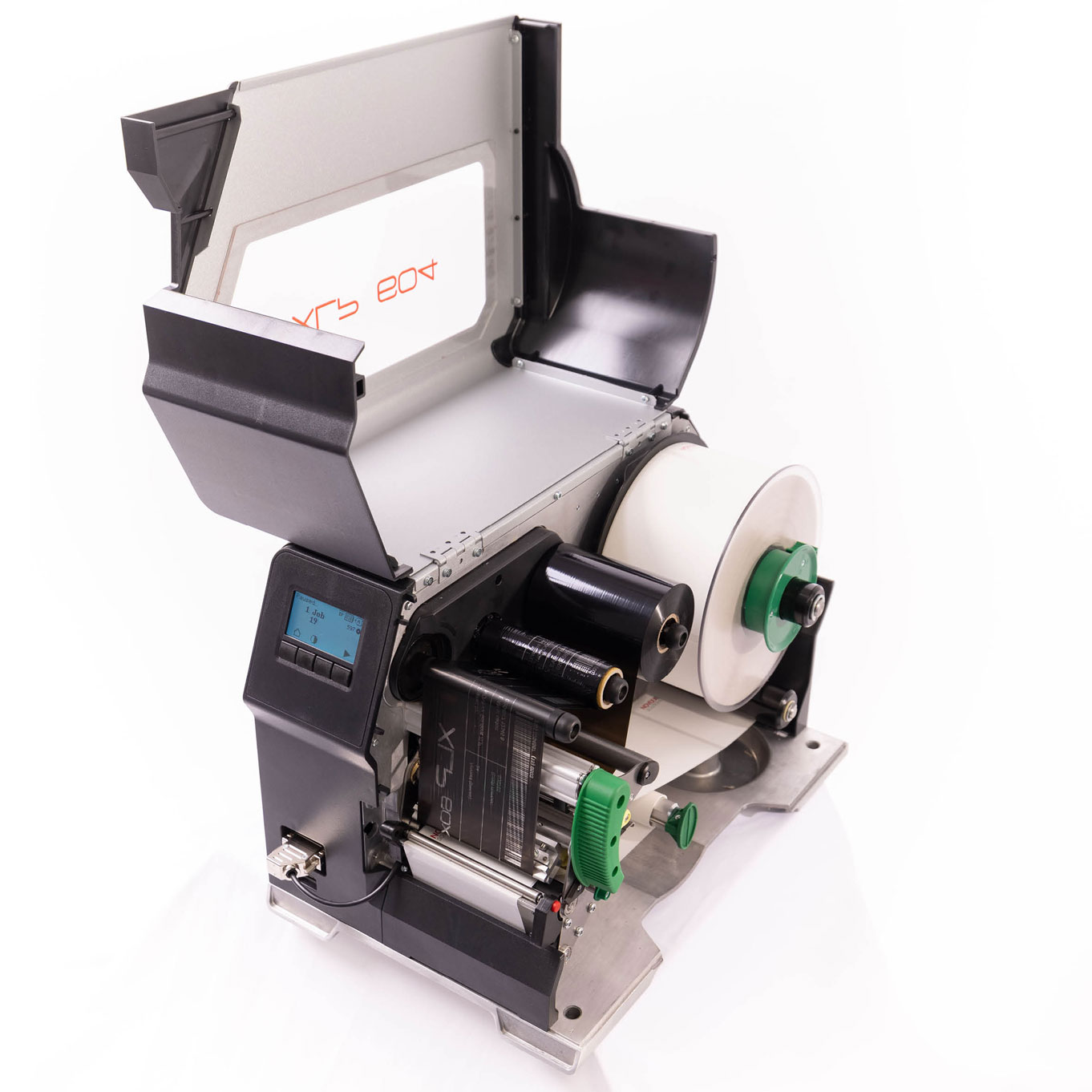A 2D matrix code, commonly known as a QR (Quick Response) code, is a type of barcode that can store data in two dimensions. Unlike traditional 1D barcodes, which are made up of lines and spaces and hold limited information, 2D matrix codes consist of patterns of squares, dots, or other geometric shapes arranged within a grid. This structure allows them to store significantly more data, including alphanumeric text, URLs, and other encoded information.
QR codes are designed to be scanned and decoded quickly, making them an efficient tool for sharing information. They were first developed in 1994 by the Japanese company Denso Wave for tracking automotive components, but they have since been widely adopted across various industries.
Where Are 2D Matrix Codes Used?
QR codes and other 2D matrix codes are used in a broad range of applications, including:
- Retail and E-commerce: QR codes on product packaging allow customers to access additional product information, user manuals, or promotional offers.
- Logistics and Supply Chain: These codes help track inventory and shipments, ensuring accurate and efficient operations.
- Healthcare: Used on patient wristbands and medication packaging for easy identification and tracking.
- Event Management: QR codes serve as digital tickets or passes that can be scanned at entry points.
- Marketing: Businesses use QR codes for advertising, allowing customers to scan and access websites, videos, or social media pages.
- Payment Systems: In mobile payment applications, QR codes are scanned to complete transactions securely and quickly.
Methods of Printing 2D Matrix Codes on Labels
Printing 2D matrix codes onto labels is a critical step in ensuring their functionality and durability. The following methods are commonly used:
-
Thermal Transfer Printing:
- This method uses heat to transfer ink from a ribbon onto a label. It is ideal for producing high-resolution codes that require precision.
- Often used in industrial settings, this method is suitable for labels that need to endure harsh environments.
- Direct Thermal Printing:
- Unlike thermal transfer, this method does not use ribbons. Instead, it relies on heat-sensitive paper that darkens when exposed to heat.
- It is cost-effective but less durable, making it ideal for short-term applications like shipping labels.
- Laser Printing:
- Laser printers use toner and high heat to create crisp and detailed codes. This method is often employed for high-quality, large-scale label production.
- Inkjet Printing:
- Inkjet printers produce high-resolution images by spraying tiny droplets of ink onto the surface of the label. They are versatile and can handle various materials, making them suitable for both small and large production runs.
- Pre-Printed Labels:
- Labels with pre-printed QR codes can be ordered from specialised printing services. These are particularly useful for static codes that do not change over time.
Application of Labels to Products and Packaging
Once the labels are printed, they must be applied to products or packaging accurately to ensure scannability. There are two main methods for application:
 Manual Application:
Manual Application:
- Labels are applied by hand, which is common in small-scale operations or
- for items with irregular surfaces.
- While cost-effective for small quantities, this method is slower and may result in inconsistent placement.
- Automated Application:
- Machines apply labels in high-speed production lines, ensuring consistent and precise placement.
- Automated systems are ideal for large-scale production, where efficiency and accuracy are critical.
How Are 2D Matrix Codes Read?
To read a 2D matrix code, a scanning device or camera captures the code’s image. Specialised software then decodes the pattern and extracts the stored information. The reading process involves:
- Scanning the Code:
- Devices such as handheld barcode scanners, mobile phones, or industrial imaging systems capture the code.
- Many modern smartphones have built-in QR code scanning capabilities via their cameras.
- Decoding the Data:
- Once the image is captured, software analyses the code’s pattern of light and dark areas to interpret the encoded data.
- The software corrects any distortions or errors, ensuring accurate decoding even if the code is slightly damaged or misaligned.
- Displaying the Information:
- After decoding, the extracted information is displayed or executed. For example, a scanned QR code might redirect a user to a website or display a text message.
Conclusion
2D matrix codes, particularly QR codes, have become indispensable in various industries due to their ability to store extensive data in a compact format. From logistics to marketing, their applications are diverse and continually expanding. The process of printing and applying these codes to labels, coupled with advancements in scanning technology, ensures their effectiveness and reliability in real-world scenarios. As businesses continue to embrace digitalisation, the role of 2D matrix codes will only grow, enhancing efficiency and connectivity.
Generate your own QR Code for free
Not many people realise it, but both Google Chrome and Microsoft Edge web browsers have a the ability to generate a QR code for any web page, for free, and without the user being redirected from other sites that may track you or show ads. In Chrome it is accessible from the small share box with the up arrow at the top of the page and in Edge you need to right-click anywhere on the page you want to code and select Create QR Code for this page. Your QR code will be displayed and from there you can copy, paste, save as image etc and use however you like.
The future?
Click below to read how QR codes are set to replace traditional barcodes, read about GS1’s plans
GSI Project Sunrise: The transformation from barcodes to 2D codes


